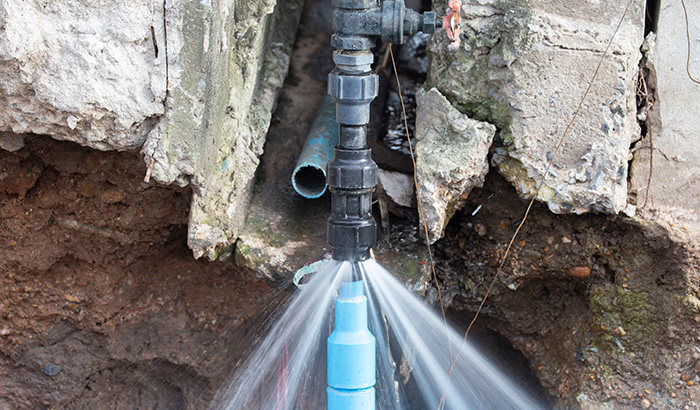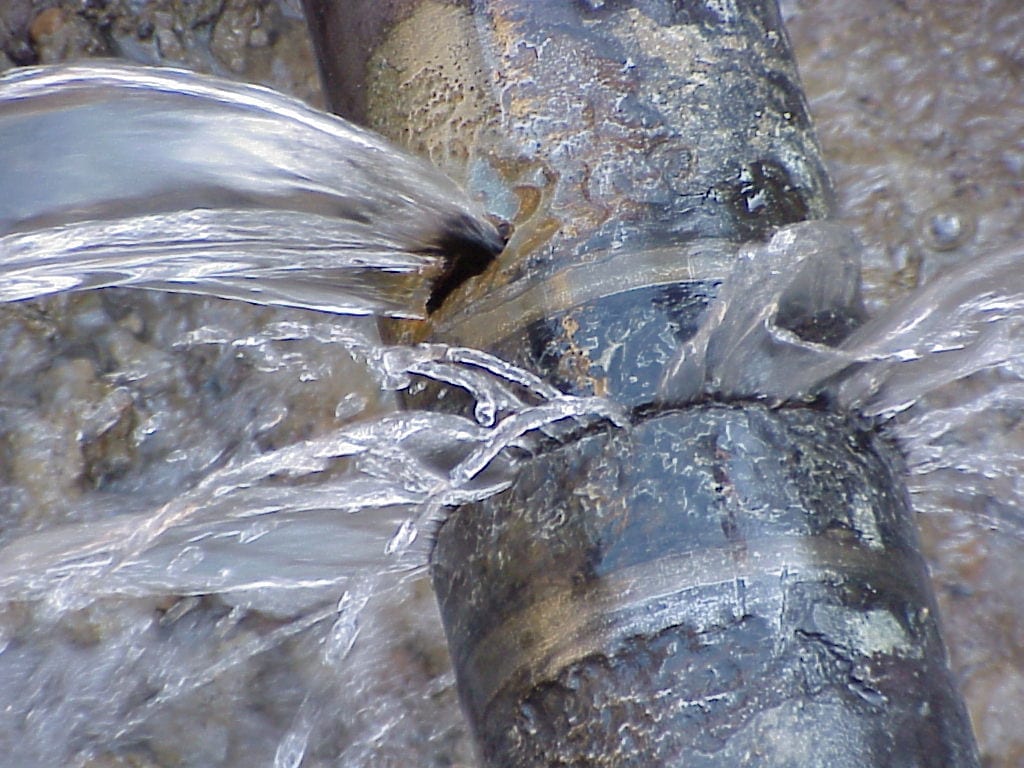How to Handle a Burst Pipe: Essential Steps for Immediate Action
How to Handle a Burst Pipe: Essential Steps for Immediate Action
Blog Article
Stopping Ruptured Piping: Important Tips to Safeguard Your Plumbing
Preventing ruptured pipelines is an essential problem for homeowners, especially throughout colder months when the danger of cold is enhanced. Executing tactical measures such as correct insulation, regular evaluations, and maintaining regular interior temperatures can significantly lower the chance of pipe failing. In addition, comprehending emergency situation procedures outfits house owners to react quickly to prospective plumbing concerns. Many are uninformed of the specific susceptabilities that their pipelines might encounter. Checking out these vulnerabilities can give vital insights right into protecting your pipes system efficiently.
Understand Pipeline Vulnerabilities
Comprehending pipe vulnerabilities is important for efficient pipes upkeep and stopping costly damage. A number of aspects add to the sensitivity of pipes to ruptureds, including product composition, age, and ecological problems. Older pipes, particularly those made from galvanized steel or polybutylene, usually break down in time, bring about increased risk of leaks and tears.
Temperature level variations can also considerably effect pipeline honesty. In cooler environments, water entraped in pipelines can freeze, exerting and broadening pressure on the pipe walls, which may eventually cause a ruptured. In addition, high water stress can stress pipelines, specifically at joints and bends, increasing the chance of failing.

Insulate Pipeline Appropriately
Correct insulation of pipelines is crucial for preventing freezing and subsequent bursts during winter (burst pipe). Protecting your pipes system successfully safeguards versus temperature level goes down that can cause pricey damages. Begin by identifying at risk locations where pipelines are revealed to exterior temperatures, such as basements, attics, and exterior walls
Usage foam pipe insulation sleeves or wrap insulation tape around these areas to give a protective barrier. Guarantee that all areas of the pipes, particularly those with restricted warm direct exposure, obtain sufficient insulation. Pay special interest to installations and joints, as these are much more vulnerable to freezing.
When shielding, it's necessary to pick products that satisfy neighborhood building codes and are ideal for the certain atmosphere. As an example, fiberglass insulation is often advised for its thermal resistance properties - burst pipe. Furthermore, consider making use of warm cable televisions or tape in extreme conditions, which can be connected in to offer supplementary warm
Routinely inspect protected pipelines for any kind of indications of wear or damages, as compromised insulation can diminish its efficiency. By taking these positive steps, you dramatically minimize the danger of pipe bursts, making certain a trustworthy pipes system throughout the winter months.
Maintain Consistent Temperature
A stable interior temperature is necessary for stopping burst pipelines throughout the frigid months. When temperature levels decrease, water within pipes can freeze, expanding and developing stress that might inevitably trigger the pipes to ruptured. To alleviate this threat, house owners ought to maintain a constant browse around here temperature level throughout their space, ideally no less than 55 ° F(13 ° C)Using a programmable thermostat can aid manage interior temperatures properly, guaranteeing that areas with plumbing stay cozy even when the home is unoccupied. Pay special focus to areas that are a lot more at risk to chilly, such as garages, attic rooms, and cellars. Maintaining closet doors open under sinks can also enable warmer air from the home to distribute around pipes.
This minor flow of water can protect against freezing by reducing stress within the pipelines. By applying these methods, property owners can significantly minimize the danger of pipeline bursts and safeguard their plumbing systems versus the rough winter months elements.
On A Regular Basis Examine Pipes
Normal examinations of plumbing systems are crucial for stopping burst pipelines and maintaining general home integrity. Regular checks permit house owners to identify prospective concerns before they rise into expensive repairs or significant water damages. During these assessments, it is vital to examine noticeable pipelines for signs of deterioration, leaks, or put on. Pay special interest to locations vulnerable to freezing, such as basements, attic rooms, and exterior walls.
Furthermore, evaluating connections and joints is important, as these factors are usually susceptible to leaks. House owners need to additionally assess water pressure levels, as extreme stress can stress the pipes system and raise the threat of pipeline bursts.
Think about organizing professional plumbing evaluations at least annually, specifically prior to winter season, to guarantee your system is planned for chillier temperatures. Regular examinations not only aid in recognizing prompt concerns yet additionally foster lasting upkeep approaches that can boost the life-span of your pipes system. By being aggressive in your approach, you can protect your home against the disruptive and costly effects of ruptured pipes. Focusing on plumbing evaluations is an investment in your house's wellness and safety and security.
Know Emergency Situation Procedures
Understanding emergency situation procedures is vital for every single house owner, especially after performing routine plumbing examinations. Being gotten ready view publisher site for a plumbing emergency situation can considerably mitigate damages and save prices. Situate your major water shut-off valve; it is commonly discovered near the water meter or where the main line enters your home. Acquaint yourself with its operation, as shutting down the water system quickly can protect against comprehensive flooding.
Next, keep important devices convenient. A pipes emergency kit need to consist of a wrench, plunger, and towels, as well as a flashlight and a bucket for tiny leakages. In addition, take into consideration having the contact info for a relied on plumbing easily offered, should the circumstance intensify past your control.
If you spot a leakage or ruptured pipeline, instantly turn off the water and notify your plumbing. Record the damages with pictures for insurance purposes. Be conscious site of the indications of possible pipes concerns, such as uncommon water stress variations or damp areas on walls
Inevitably, aggressive understanding and quick activity are essential in handling pipes emergencies, guaranteeing your home continues to be secured and reducing possible damage.

Conclusion
To conclude, protecting against burst pipelines requires a complex technique that includes understanding pipeline vulnerabilities, correct insulation, maintaining regular indoor temperature levels, regular examinations, and understanding of emergency situation procedures. By implementing these necessary techniques, the threat of plumbing failings can be significantly minimized, thereby making sure the longevity and effectiveness of the pipes system. Proactive procedures not just protect versus potential damage however also contribute to total water conservation and the security of building.
In colder climates, water entraped in pipelines can freeze, exerting and broadening stress on the pipeline walls, which may ultimately lead to a burst. When temperatures decrease, water within pipes can freeze, creating and broadening stress that might inevitably cause the pipes to burst. By executing these techniques, homeowners can dramatically minimize the risk of pipeline ruptureds and guard their pipes systems against the harsh wintertime aspects.

Report this page